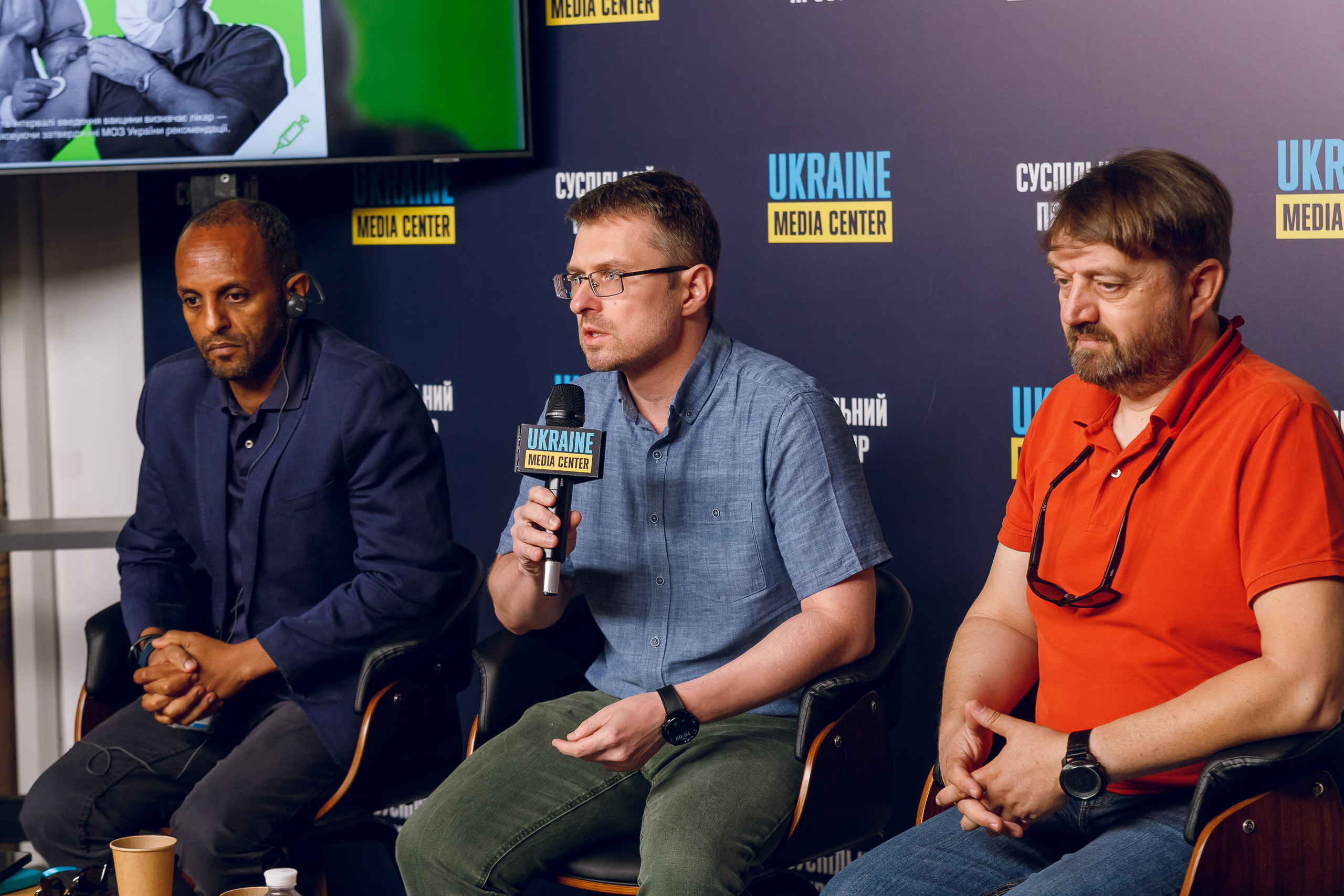Over the past month and a half, the incidence of COVID in Ukraine has increased sixfold —from 2,000 cases in June to over 12,000 in July. However, Chief Sanitary Doctor Ihor Kuzin reassures that it’s too early to talk about an epidemic season or impose restrictions. The hospitalization rate is low, with about 2,000 people in hospitals. Additionally, Ukraine has officially identified five cases of the new Omicron subvariant, FliRT, although it is circulating more widely. This subvariant does not cause severe illness. Interestingly, the increase in cases this year began in July, whereas it usually starts in September.
“Currently, 10 subvariants of Omicron are circulating in Ukraine. Each subsequent mutation of Omicron makes the virus easier to spread. It can be transmitted even with brief contact, even to those who were vaccinated in 2021-2022. The symptoms are typical of COVID —runny nose, dry cough, and fever,” says Ihor Kuzin.
What does simplifying COVID vaccination mean?
“This means that a healthy person without chronic illnesses only needs to be vaccinated once with a single dose,” explains the Chief Sanitary Doctor.
Immunologist Fedir Lapiy, head of the National Technical Group of Immunization Experts, explains that vaccination was simplified due to the hybrid immunity that Ukrainians have developed. Most people have encountered the coronavirus at least once. This means that their immune system is stronger. Therefore, for those who have not been vaccinated, a single dose of an mRNA vaccine is sufficient. It has already been adapted to the Omicron variant.
“However, there is a risk group whose immune response weakens over time. This includes pregnant women, people over 60 with chronic illnesses, and people over 70 regardless of their health conditions,” adds the immunologist.
How accessible are the vaccines?
“Currently, we have over 500,000 doses of the Omicron-specific Pfizer vaccine,” assures the Chief Sanitary Doctor. “It is now available at every vaccination point in Ukraine. There is also a certain number of doses of children’s vaccines from the age of six. Regarding availability, Ukraine will receive significant volumes of the vaccine for free until the end of 2024. Vaccination is free and voluntary.”

Will there be restrictions due to the increase in cases?
According to Ihor Kuzin, Ukraine is currently in an inter-epidemic period, which does not require quarantine. If the incidence rises significantly, the maximum restrictions would be localized regional quarantines. “For now, we are still far from that. However, it’s still advisable to wash hands more often, use sanitizer, and avoid crowded places when sick,” advises the doctor.
How are vaccines stored during power outages?
“There is also a vaccine evacuation system in place — for example, in case of shelling. We recently received 16 new vehicles for such transportation. Vaccine storage facilities have autonomous power, generators. So, you can be sure that the vaccines are safe — even in +40-degree heat, they won’t be harmed in the refrigerator.”
How to find the nearest vaccination point?
On the websites of the NHSU or the Ministry of Health, or on the websites of regional or local health departments.
Should those who had two doses in 2021-2022 be vaccinated again?
“Conditionally, the population can be divided into four groups by vaccination priority. The highest priority is people over 70 and those over 60 with chronic illnesses. Medium priority is adults aged 18 to 60 without comorbidities. We recommend primary vaccination for them. Low priority is healthy children under 18. The fourth group is pregnant women, who are recommended to be vaccinated during each pregnancy,” says Fedir Lapiy.



